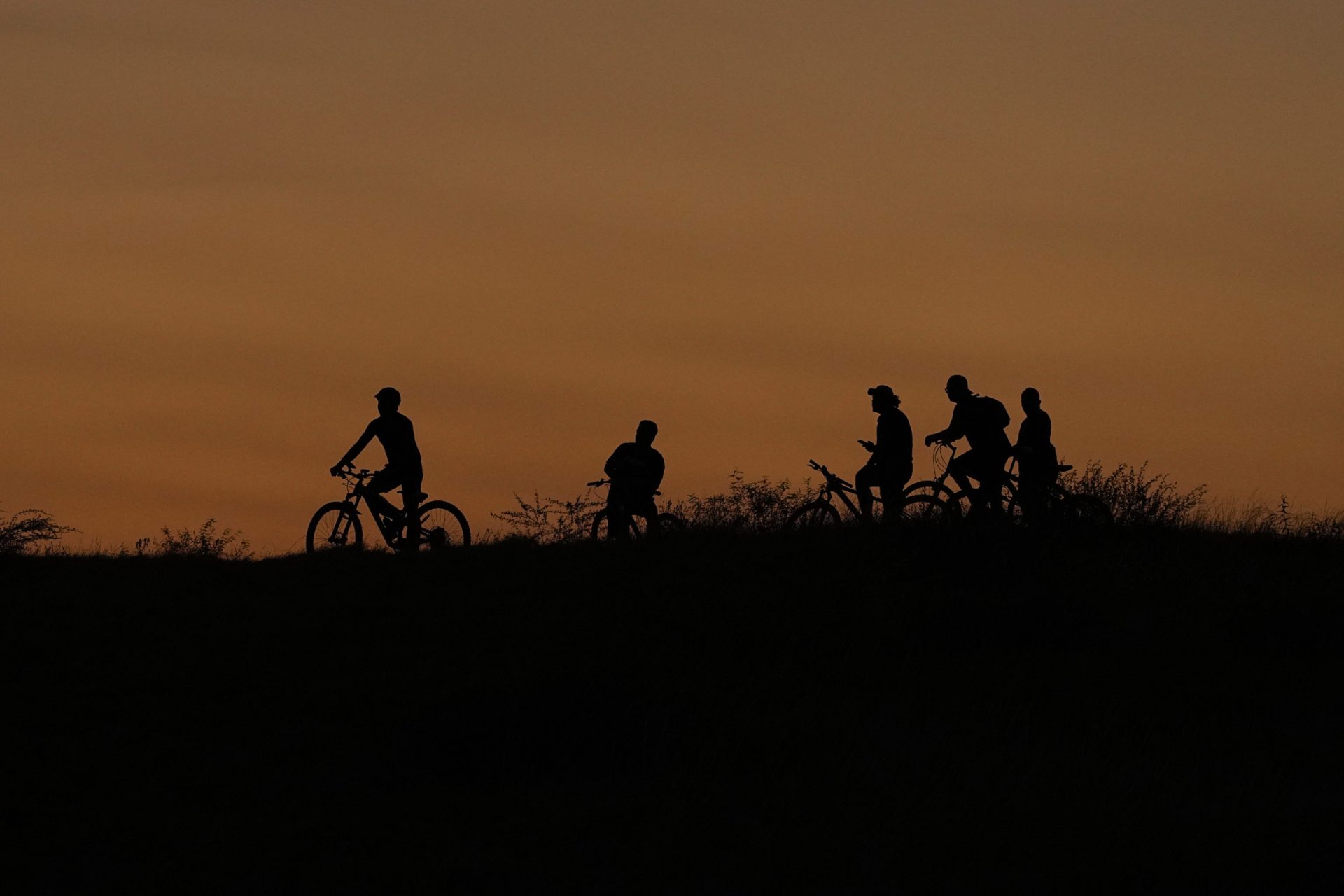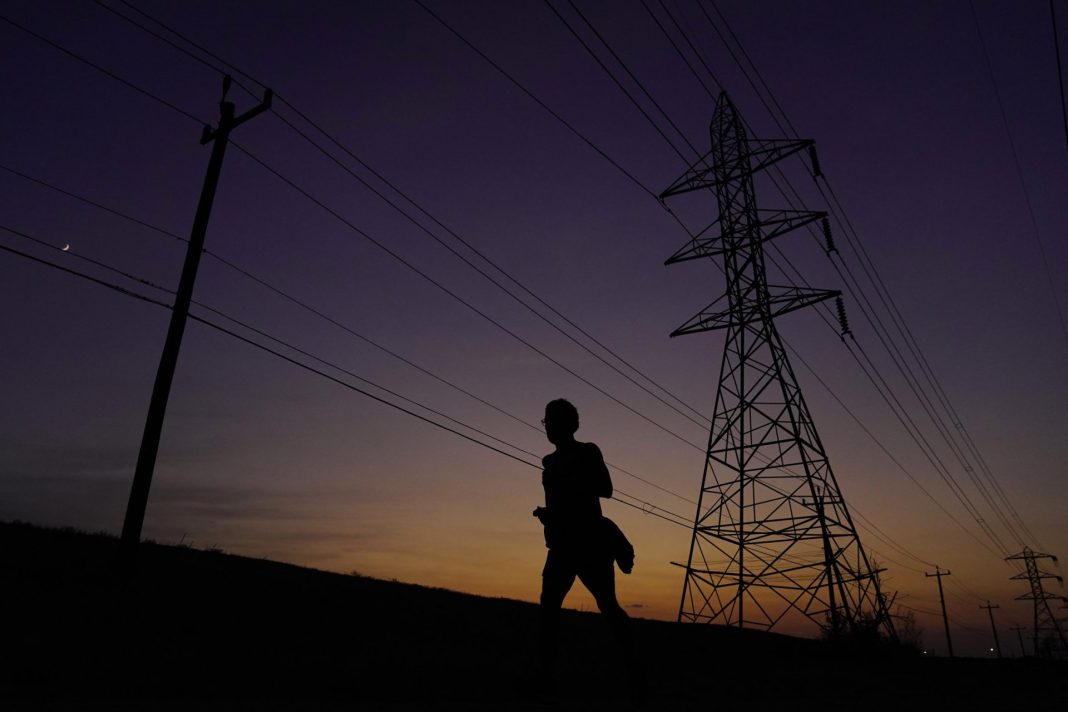|
Only have a minute? Listen instead
Getting your Trinity Audio player ready...
|
By ACACIA CORONADO and JUAN LOZANO | Associated Press
AUSTIN, Texas (AP) — Deadly heat that has gripped Texas for much of the summer has spread into other parts of the central U.S. this week where it is forecast to stay for days, with triple-digit temperatures buckling roads, straining water systems and threatening the power grid of the nation’s energy capitol.
With heat warnings and advisories stretching from New Orleans to Minneapolis, the unyielding weather is stressing the systems put in place to keep resources moving and people safe. Just this week, a 1-year-old left in a hot van in Nebraska died, and Louisiana reported 25 heat-related deaths this summer — more than twice the average number in recent years.
The heat is expected to become “dangerous to the average person” if they don’t have air conditioning, said Alex Lamers, a warning coordination meteorologist at the National Weather Service’s Weather Prediction Center.
It has felt hotter than 110 degrees (43.3 C) in cities in Texas and Louisiana more often than at any time since World War II, Lamers said. The brunt of the enduring heat has hit states from Florida to New Mexico, he said.
Texas’ grid — which failed during a deadly winter storm in 2021 — has so far held up with no outages in the face of unrelenting heat.
The Electric Reliability Council of Texas, which oversees the grid, asked residents twice last week to conserve energy because of high demand and low reserves. The agency issued a weather watch that’s in place through Aug. 27.
But there are risks the longer this drags on, said Alison Silverstein, a Texas-based independent energy analyst and former adviser to the state’s energy regulator. She compared it to a car overheating as the system tries to keep up with weeks of record-breaking demand.
“At least your car on a long trip has a chance to rest overnight and cool off,” she said. “A lot of these plants have been running nonstop, or pretty close to it, since June.”
Experts have warned that infrastructure can be damaged under the extreme strain of enduring and recurring heat waves brought on by climate change. Union Pacific has imposed more speed restrictions this summer across its network of more than 32,000 miles (51,499 kilometers) of Western track as a “precaution to reduce the impact on the rail when it gets hot,” spokeswoman Kristen South said Tuesday.
Costs in the U.S. for road maintenance and replacement due to rising temperatures could reach $26.3 billion by 2040, with most of the damage expected to hit Texas, California and Illinois, according to a 2017 study by University of Arizona and Arizona State University researchers.

The heat has already caused an unusual number of Texas water line breaks and roadway issues.
Texas officials are monitoring the heat, roadways and tips from residents to address issues as quickly as possible, said transportation department spokesman Danny Perez. Houston officials learned of likely heat-related damage to a road Sunday after about 10 other similar reports in June, he said.
And though water pipes burst last winter when a deep freeze set in across much of the Deep South, cites are being reminded that heat poses similar problems.
Houston’s high temperatures and a lack of rain have caused the ground to shift and damage the city’s aging pipes. Residents’ top service request is for water leaks, according to city data. Reports of water leaks from the past month were up 25% from the same period last year.
Demand and leaks are both increasing, and the city is using emergency purchase orders to add contractors for repairs, said Erin Jones, Houston Public Works spokeswoman.
San Antonio Water Systems has already tallied more breaks this month than in all of July, said the agency Wednesday. Customers need to cut back on outdoor watering, the agency said.
Cooling systems are also under strain. Missouri firefighters helped remove 117 patients from a Kansas City nursing facility Tuesday after the air conditioning failed in temperatures that felt as high as 115 degrees (46.1 C). Most Parkview Healthcare nursing facility residents were taken to other facilities, but seven who had COVID-19 were taken to hospitals, authorities said.
Students across the U.S. are learning in roasting classrooms or having their days cut short, including over a dozen in Denver on Wednesday. Chicago-area schools delayed classes or ending them early. Milwaukee Public Schools, Wisconsin’s largest, closed campuses through Thursday.
An estimated 36,000 schools across the U.S. need to update or install HVAC systems, according to a U.S. Government Accountability Office report in 2020.
Associated Press writers Paul Weber in Austin, Margery Beck and Josh Funk in Omaha, Nebraska, and Jack Dura in Bismarck, North Dakota, contributed to this report.





